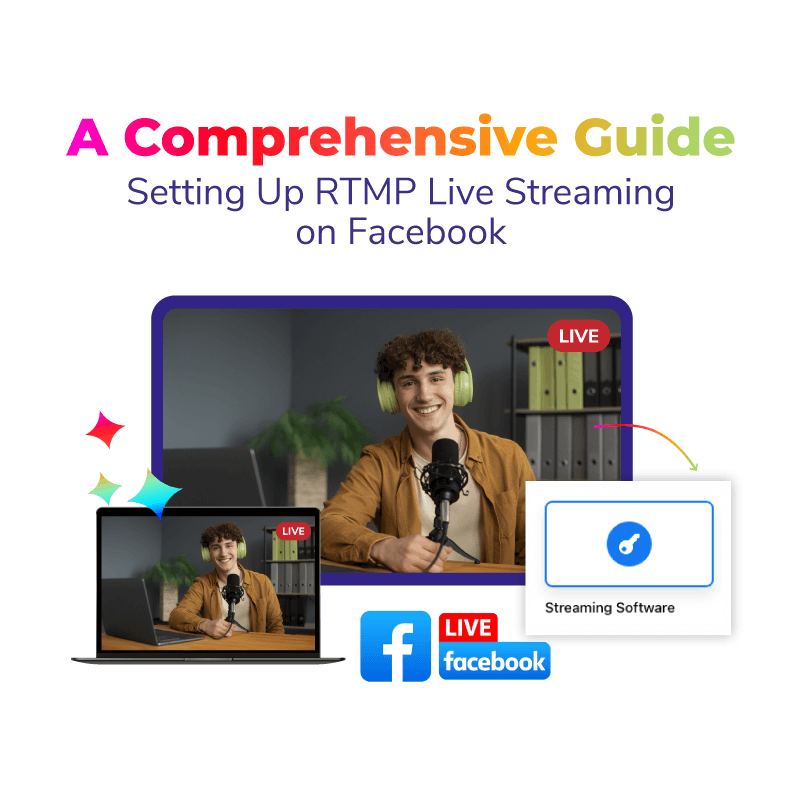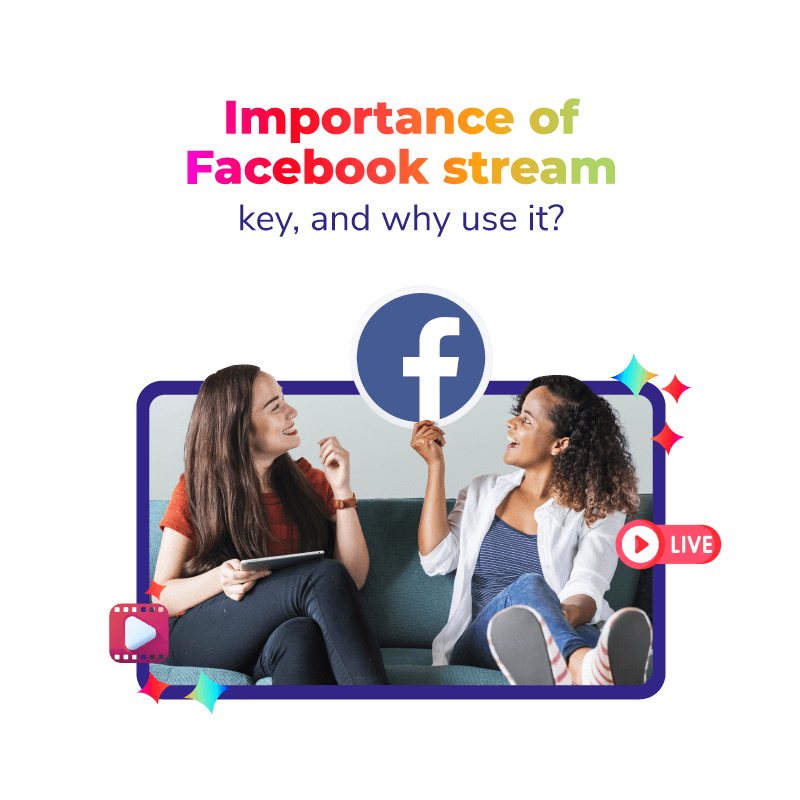The foundation of efficient decision making for businesses is reliable communication. For the older generation, this meant conferences had to be conducted so executives could talk face-to-face and come up with strategies and solutions to achieve business goals. This also meant businesses had to deal with huge travel and accommodation expenses for every conference.
Fortunately, in today’s digital age, executives can communicate with each other via 2-way live webcasting, regardless of where they might be located physically. 2-way video conferencing solutions have made conferencing cheaper and arguably, better. There is no time wasted in travel and conferencing software have also enhanced the utility of the conferences.
However, there is a variety of 2-way video conferencing solutions in the market today, all having their own pros and cons. Picking the right conferencing tool for your business needs is a tricky process and objective of this blog is meant to guide you through it so you find only the best 2-way webcasting solution and the best of 2-way video conferencing vendors for your business.
Your Video Conferencing Needs
The first step towards selecting a 2-way video conferencing company for your conferencing needs is to understand what the specific needs of your business are when it comes to conferencing. Here are some factors to consider before selecting a 2-way video conferencing service provider.
1. How Many Locations?
The first important question to ask when you’re deciding on a solution for 2-way live webcasting is asking how many locations need to be connected by the solution. Different solutions work best for businesses with different sizes. For example, one solution may be better if you have only a few locations while another excels in managing a large number of locations.
2. Does Your Business have Remote Employees?
Businesses which have remote employees have a more pressing need for 2-way live webcasting than businesses without remote employees. Due to the nature of their employment, remote employees need to be constantly in touch and 2-way webcasting is essential for coordination in this context.
3. Size of Your Business?
Another important question to ask when you’re looking for a web conferencing solution is asking how big is your business. Huge businesses have completely different web conferencing needs than startups, for example. The size of your business largely impacts how you’ll use 2-way video conferencing solutions.
4. How Will Your Employees Use The Web Conferencing Tool?
Web conferencing tools can be used for a variety of purposes and the best solution for your business depends on how your employees would use the tool. For example, employees can use the web conferencing tool for one-to-one conversations, internal video calls or meetings, external video calls with customers, or huge meetings with a large number of people involved. The primary use-case for the tool should be considered thoroughly before deciding on a 2-way video conferencing service provider.
Recommended: Live Streaming vs Internal Conferencing Tools for Businesses
Types of Video Conference Solutions
Once you’ve considered the web conferencing needs for your business, the next step is to understand the different types of solutions that enable 2-way webcasting.
1. Traditional Video Conferencing Tools
Traditional video conferencing tools typically involve setting up dedicated video conferencing hardware and require massive support from IT and third-party vendors. They require to be maintained properly and regularly but are ideal for large corporations due to their high-quality service and ease of use. However, traditional video conferencing tools are expensive and might not be the best fit for most businesses, especially small and medium-sized ones.
2. Web Conferencing
Most web conferencing tools are part of a larger package that involves web-based tools that facilitate conferences. However, the video quality of these solutions are often subpar and they are ideally best when a small number of people are live webcasting service to a large audience.
3. Reservationless Conferencing
Reservationless Conferencing, also known as Meet-Me conference services, is basically a form of a web conference which is more like a phone call, where you can dial in a specific link and reach the person you’re trying to webcast with. This kind of solution is not that common and has very specific use cases and may not be for everyone.
4. Cloud-Based Video Conferencing
Cloud-based video conferencing tools are the easiest to deploy and use. They enable every employee of the business to communicate effectively and provide a communication system so the organization can be connected with every employee located anywhere in the globe.
Recommended: How to Set-Up a Multi-Camera Live Streaming Webcast
How Video Conferencing Solutions Can be Used
Even though video conferencing solutions are primarily used for web conferences, there are other use-cases that these solutions can be applied to:
1. HR and Training
Web conferencing tools can be used in HR and Training effectively. Some of the use cases of video conferencing solutions in HR and Training involve recruitment of new team members, say using a recruitment software, to training team members.
2. IT
Web conferencing can be used in IT. They can provide IT support to remote employees and troubleshoot collaboratively in real-time with team members. A virtual help desk can also be created using a live video conferencing solution.
3. Marketing and Sales
Marketing and sales teams usually require extensive communication with clients and external agencies in their work. Web conferencing can help these processes by allowing them to communicate with clients and external agencies in an easier, cheaper, and more convenient manner.
4. Education
In today’s age, most education or academic courses have some virtual elements in them and web conferencing have made massive developments in these courses. Web conferencing allows educators to reach students spread across the world in real-time.
Recommended: Top Blog Channels To Follow About Live Streaming & Webcasting
Features
The market for 2-way video conferencing service solutions is enormous and filled with lots of products and solutions. However, some features are vital for picking the best 2-way live webcasting solution for businesses.
1. Video Quality
The most important feature of a web conferencing solution is the video quality offered by it. With really excellent video quality, it can feel as if you’re really speaking face to face with a person.
2. Search-Based Dictionary
Search-based dictionary is a feature that increases the usability of the tool by allowing the users to select who they want to call based on their name rather than a number or an ID, which is confusing for most people.
3. Meeting Recording
One of the benefits of web conferencing tools over traditional conferences is that they allow you to record the entire conference which can be very useful to the business later for various purposes.
4 Screen Share
One of the features many web conferencing tools provide is the ability to share the screen of your computer. This adds another layer of collaboration in addition to face-to-face communication.
5. Cross-Platform and Device Independent
One of the most important features for a web conferencing tool is the support for all platforms and devices. Since people in an organization are likely to have different devices and platforms, having a web conferencing solution that doesn’t work on all of them is a huge drawback. Most web conferencing tools, fortunately, work cross-platform and on every device.
Recommended: Guide To Choosing The Best Live Video Streaming Platform
Conclusion
Picking the right 2-way live video conferencing solution for your business might be a tricky process but by picking the right one can save you a lot of money in travelling costs and can make your organization more connected and your decision-making processes more efficient.



















